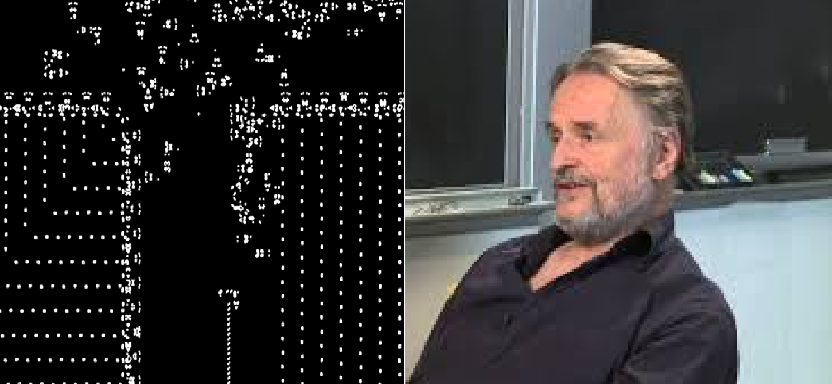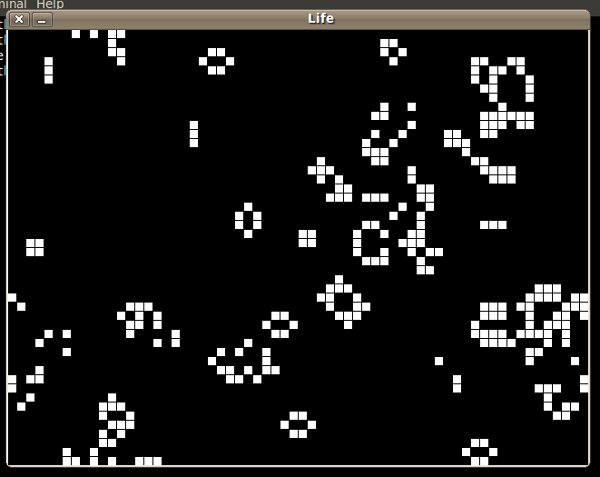


Most of the repeating patterns have 2 parts, like the blinker and toad. The "pulsar" is the most common repeat that has 3 parts. The "block" and "boat" do not change, the "blinker" and "toad" have 2 looks that repeat, and the "glider" and "lightweight spaceship" ("LWSS") are spaceships which keep moving across the cells in each level. Common examples of these three classes are shown below, with live cells shown in black, and dead cells shown in white. Many different types of patterns happen, including static patterns where nothing changes between levels, repeating patterns where the cells that are alive and dead repeat, and patterns that move themselves across the board (" spaceships").

Patterns are special things that happen in the game. The evolution and movement of a "glider". It is important because when used in complicated math, it can look at many things like physics, biology, economics, and philosophy. It is one of the first ever ' simulation games' that represent things that happen in real life. He combined lots of ideas in math to make the rules for the game. John Horton Conway made the Game of Life because he wanted to know if he could make an imaginary robot out of cells that would be able to get bigger. The game is over when all the cells are dead or all the cells are alive or the game is doing the same thing over and over. After the player is done changing the cells, they do the same thing all over again to make the next level. The first level (generation) is made by using the 4 rules. The way a player sets up the first alive cells starts the game. Any dead cell touching exactly three alive neighbours becomes alive.Any alive cell touching two or three alive neighbours does nothing.Any alive cell touching four or more alive neighbours dies.Any alive cell that is touching less than two alive neighbours dies.Then the alive cells can make other cells alive or dead because of the rules of the game. When people are playing the game, they start by making some dead cells alive. The game is played on a grid of squares called cells, each cell is black (alive) or white (dead).


 0 kommentar(er)
0 kommentar(er)
